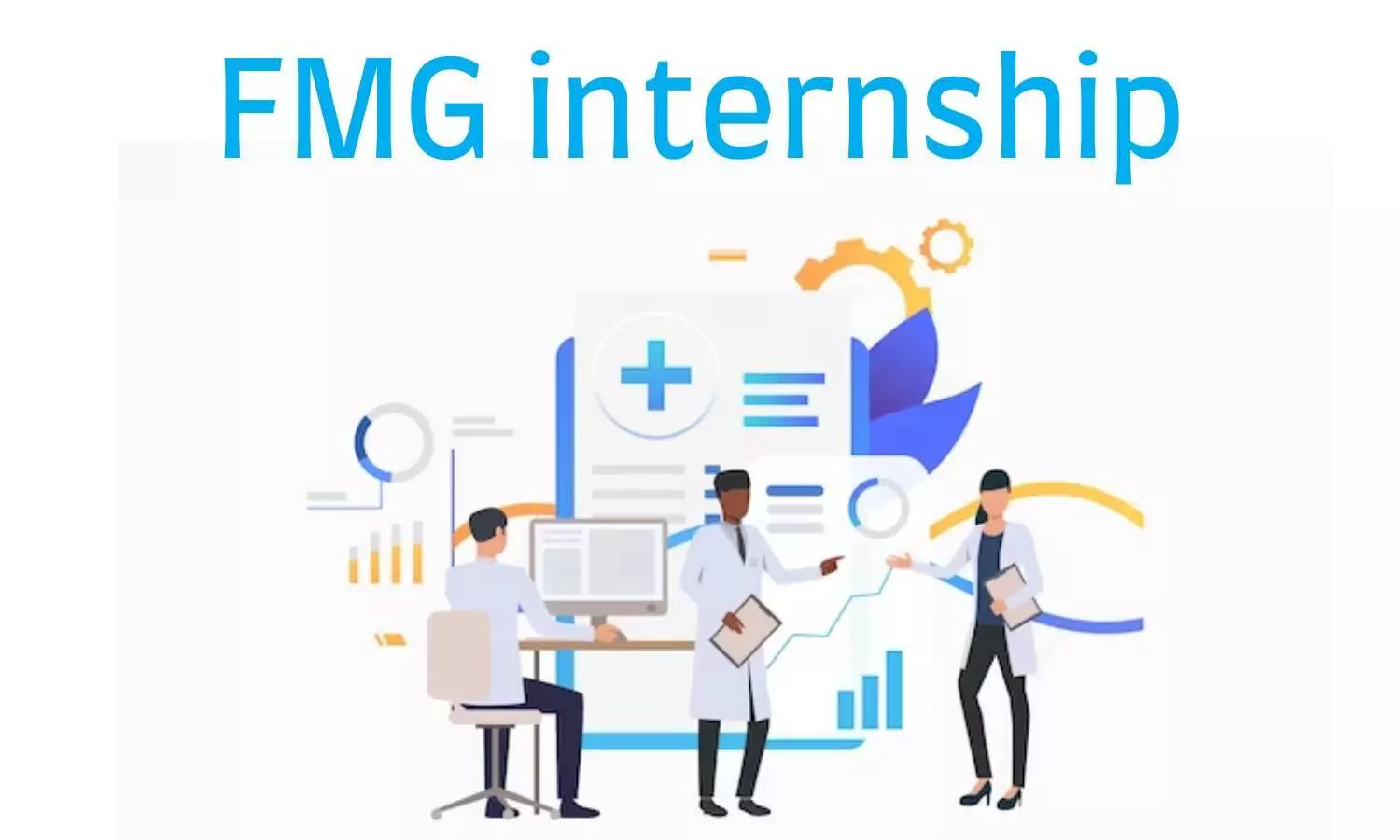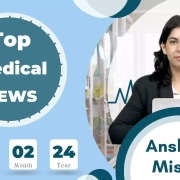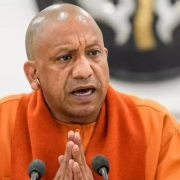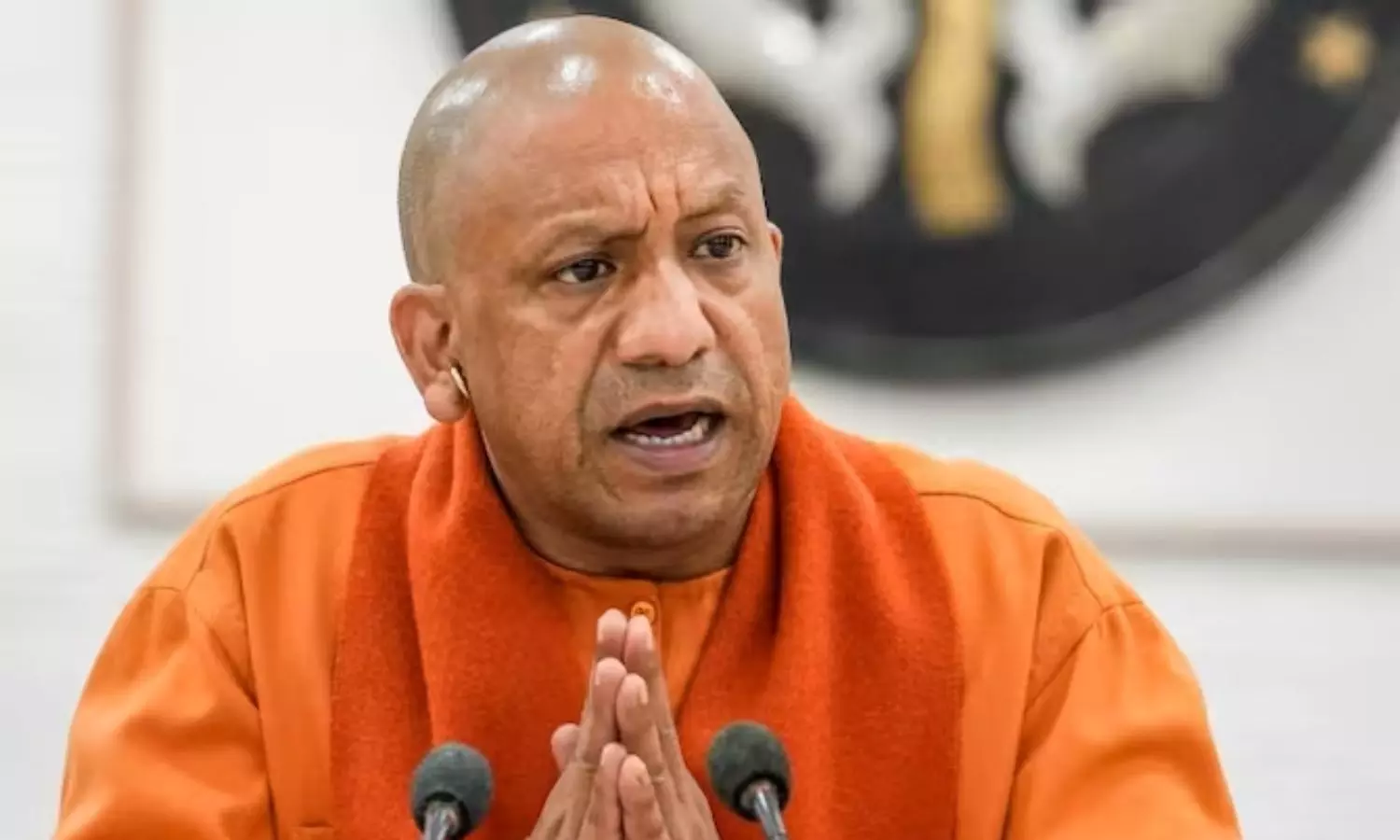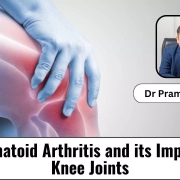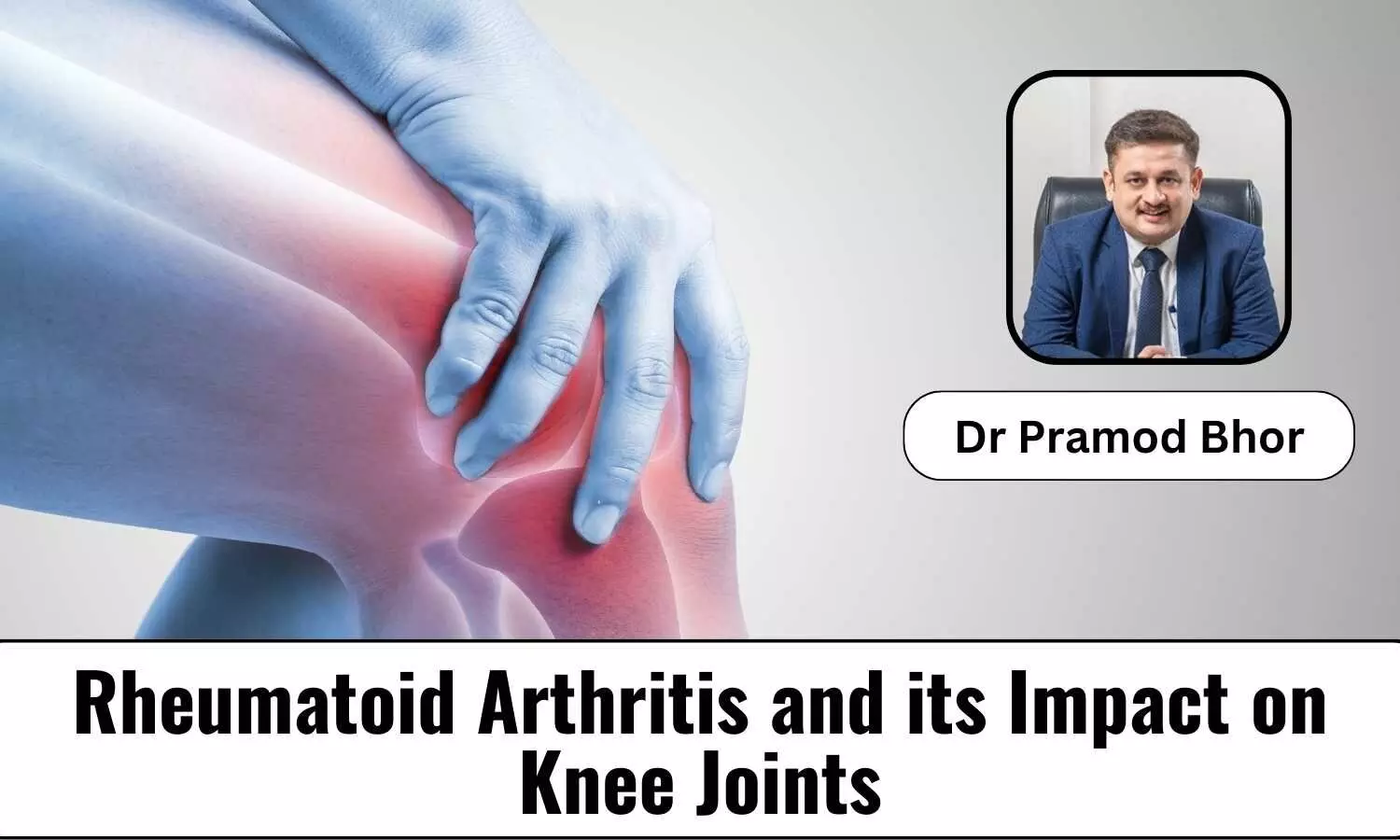
Here are the top medical news for the day:
Research produces new antibiotic-resistant to bacterial resistance
Researchers at the University of Illinois Chicago and Harvard University have created an antibiotic that could provide medicine with a fresh tool to combat drug-resistant bacteria and their associated diseases.
Published in Nature Chemical Biology, the antibiotic, Cresomycin, effectively suppresses pathogenic bacteria that have become resistant to many commonly prescribed antimicrobial drugs.
The UIC scientists focused on how many antibiotics interact with a common cellular target – the ribosome – and how drug-resistant bacteria modify their ribosomes to defend themselves. Their critical insights into cellular mechanisms and structure aided Harvard researchers in designing and synthesizing new drugs, including the development of the new antibiotic.
More than half of all antibiotics inhibit growth of pathogenic bacteria by interfering with their protein biosynthesis – a complex process catalyzed by the ribosome. Antibiotics bind to bacterial ribosomes and disrupt this protein-manufacturing process, causing bacterial invaders to die.But many bacterial species evolved simple defences against this attack. In one defense, they interfere with antibiotic activity by adding a single methyl group of one carbon and three hydrogen atoms to their ribosomes.
By using a method called X-ray crystallography to visualize drug-resistant ribosomes with nearly atomic precision, scientists discovered two defensive tactics. The methyl group, they found, physically blocks the binding site, but it also changes the shape of the ribosome’s inner “guts,” further disrupting antibiotic activity.
“By determining the actual structure of antibiotics interacting with two types of drug-resistant ribosomes, we saw what could not have been predicted by the available structural data or by computer modelling,” said Yury Polikanov, associate professor of biological sciences at UIC, and colleagues at Harvard.
Cresomycinis synthetic. It’s preorganized to avoid the methyl-group interference and attach strongly to ribosomes, disrupting their function. This process involves locking the drug into a shape that is pre-optimized to bind to the ribosome, which helps it get around bacterial defenses.
“It simply binds to the ribosomes and acts as if it doesn’t care whether there was this methylation or not,” Polikanov said. “It overcomes several of the most common types of drug resistance easily.”
“Without the structures, we would be blind in terms of how these drugs bind and act upon modified drug-resistant ribosomes. The structures that we determined provided fundamental insight into the molecular mechanisms that allow these drugs to evade the resistance.” concluded Polikanov.
Reference: DOI: 10.1126/science.adk8013
Regulating telomerase activity
The natural ends of chromosomes resemble broken DNA, posing a challenge in distinguishing them from intact strands. However, every cell must differentiate between the two, as the best method to safeguard the healthy end of a chromosome is also the least effective way to mend damaged DNA.
The enzyme telomerase is responsible for maintaining protective telomeres at the natural ends of chromosomes. If telomerase were to seal off a broken strand of DNA with a telomere, it would prevent further repair of that break and delete essential genes. The study published in Science describes how cells avoid such mishaps. These findings show that telomerase can indeed run amok, adding telomeres to damaged DNA, and would do so were it not for the ATR kinase, a key enzyme that responds to DNA damage.
“Telomerase is a good thing because it maintains our telomeres, but it should only be acting at the natural ends of chromosomes. It is very bad if it acts at double-stranded DNA breaks because it can lead to the loss of all genes distal to the break,” says Titia de Lange, the Leon Hess professor at Rockefeller. “This detrimental aspect of telomerase is inhibited by the ATR kinase, which, among its many talents, also keeps telomerase away.”
The discovery may help optimize CRISPR techniques and could inform the study of cancer.
Charles Kinzig, an MD/PhD student in the de Lange lab and colleagues first broke bits of human DNA with Cas9, the cutting component of the CRISPR gene-editing tool, and established that telomerase creates “neotelomeres” on broken DNA. Having established telomerase as driving the formation of neotelomeres, Kinzig then began interrogating various molecular pathways to determine what prevents telomerase from interfering with DNA repair under normal circumstances and found that disrupting ATR kinase signaling increases neotelomere formation and demonstrated that when ATR is activated at DNA breaks, it prevents telomerase from ruining the repair.
Thefindings have immediate implications for researchers and clinicians involved in CRISPR gene editing and that telomerase can add telomeric DNA to the DNA ends made during CRISPR editing. This could potentially lead to insertion of telomeric DNA or formation of a telomere at the site where CRISPR editing was intended.
Reference: DOI: 10.1126/science.adg3224
A protein-packed breakfast enhances both satiety and concentration
A recent study from Denmark investigates the connection between diet and cognitive abilities, demonstrating that a breakfast high in protein can enhance feelings of fullness and boost concentration.
“Breakfast is the most important meal of the day.” This is a well-known platitude that has never had much basis in scientific evidence.
The study monitored 30 obese women aged 18 to 30 for three days, during which the women consumed a protein-rich breakfast, a carbohydrate-rich breakfast or no breakfast at all. The women’s sense of satiety, hormone levels and energy intake were measured at lunchtime along with their total daily energy intake.Theywere also required to complete a cognitive concentration test during the study.
“We found that a protein-rich breakfast with skyr (a sour-milk product) and oats increased satiety and concentration in the participants, but it did not reduce the overall energy intake compared to skipping breakfast or eating a carbohydrate-rich breakfast,” says Mette Hansen, associate professor and PhD at the Department of Public Health, and one of the authors of the study.
Previous research hasindicated that individuals who consume breakfast tend to have a lower BMI compared to those who skip it. Additionally, protein-rich foods typically exhibit a greater satiety effect in comparison to carbohydrate-rich and high-fat foods with equivalent calorie content.
“The results confirm that protein-rich meals increase a sense of satiety, which is positive in regard to preventing weight gain. However, the results also suggest that for this nutritional strategy to be effective, it’s not enough to just eat a protein-rich breakfast.” concluded the research.
Reference: DOI: 10.3168/jds.2023-24152











